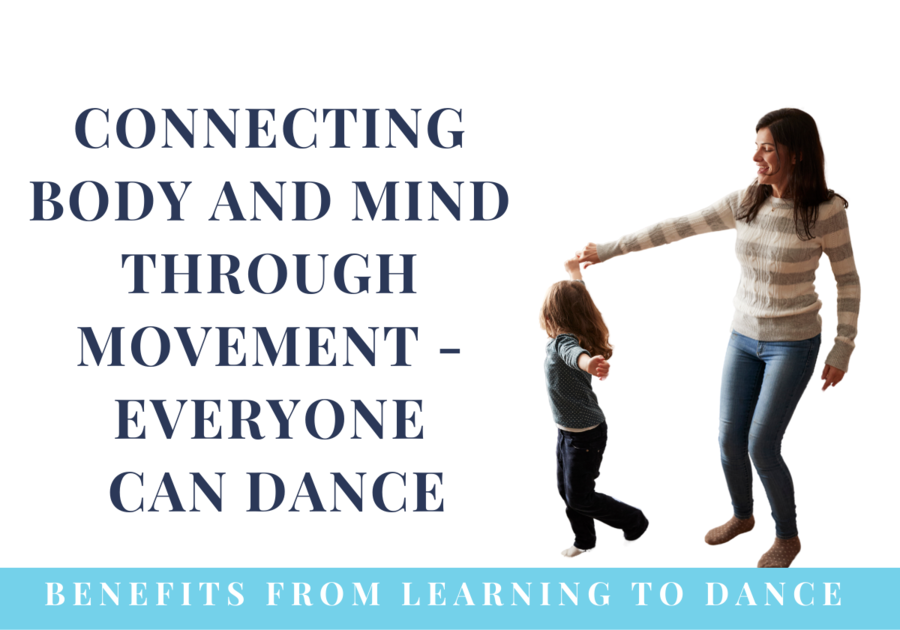Many may think of dance classes as a fun activity, artistic and athletic, for children to explore either recreationally or more seriously (including competitively). But what if dance was the great equalizer? What if dance was considered for more than its physical benefits; what if more focus and attention was brought also to the emotional, cognitive, social, and language domains of development? While dance classes have traditionally been for neurotypical and able bodied children, dancing can be and should be more accessible and inclusive. Dance is arguably the single most complex movement humans engage in.
“We are never more truly and profoundly human than when we dance” ~ José Limón
Even if formal dance classes aren’t in your family’s future, consider the benefits of turning on your favorite music and taking turns making movement together - Covid can’t stop your living room from becoming your favorite stage! Marching, jumping, turning, skipping, galloping, bending and stretching are all ways to help our bodies healthy. Dancing meets many of the sensory, cognitive, and physical needs for people of all ages.
Is your child neurodiverse? Do they have learning differences, attention/sensory struggles, or physical and/or intellectual disabilities? Dancing is a fabulous modality for engaging the vestibular system, providing proprioceptive input, aiding in adaptive/daily living skills, and progressing fine and gross motor skills. The wonderful reality about accessibility is that what is good for those with differing needs is good for everyone! There is a meme that floats around where a person is clearing the snow off a set of stairs. A person using a wheelchair asks if the ramp can be cleared of the snow. The snow shoveler responds that there is a whole crowd of people waiting to use the stairs, so they would have to wait. The person in the wheelchair responds, “But if you clear the ramp, we can all get to the top at the same time!”
Benefits of Moving and Grooving
Physical Benefits
- Dance helps develop strength across all motor planes.
- Dance challenges our base of support to increase balance.
- Symmetrical and reciprocal movements improve coordination.
- Improving mid-range control and crossing the midline are skills linked to academic success. Did you know that cross lateral movement is a pre-reading skill?
- The release of endorphins and dopamine while dancing boosts our immune system and lifts our moods.
Cognitive Benefits
- Dancing provides an opportunity to practice motor planning - the skill that allows us to know, remember, and perform small steps to execute a movement. Motor planning is an important skill for every movement task we do from the moment we get out of bed.
- Dancing facilitates the progression of complicated movement patterns at all developmental stages.
- Memory and recall skills are strengthened and dance classes offer time to practice and then demonstrate comprehension.
- Learning a dance combination improves sequencing skills, which help us complete physical and mental tasks throughout our day (think about all the different steps it takes to put on a shirt - there are at least 8!).
- Dance classes help improve executive functioning skills. These are the skills we use throughout our lives to focus, make plans, get/stay organized, set goals, and manage our time.
Social and Emotional Benefits
- Dancing with and around others offers opportunities to practice taking turns, work with a partner, and use leadership skills.
- Dancing improves self-awareness and self-control.
- Dancing provides fun and engaging practice of functional movements linked to daily activities.
- Through facing the physical challenges dancing presents, children learn coping skills and develop the characteristics of determination, perseverance, and resilience.
- Self-confidence is boosted each time children feel accomplished as they master various dance skills.
- Through experiencing challenges and successes alongside peers, children learn empathy, kindness, and good sportsmanship.
- Dancers learn to work cooperatively and develop social identity.
Language Benefits
- Dance classes improve receptive language skills through offering opportunities to follow multi-step directions.
- Dancing improves expressive language skills when dancers express thoughts, ideas, and emotions through movement. Movement patterns in dance are designed as meaningful gestures of a character’s actions and emotional experiences.
Dance is truly for everyone regardless of gender, age, or physical/intellectual ability. We all benefit from dancing like no one watching, or if you like the attention, like everyone is watching. Whether you sign up for dance classes or just enjoy dancing as a family at home, moving and grooving benefits the whole person - body, mind, and spirit. Happy dancing!
Julia Booker has her degree in Dance and is a certified Rhythm Works Integrative Dance Instructor. She is the Program Director for the RWID Program at Expressions Dance Academy where she has taught for more than 15 years. Expressions Dance Academy, directed by Misty Helfrick, has provided quality dance instruction in a family friendly environment for 23 years. For more information about classes for children of all ages and abilities visit www.expressionsdanceacademy.com.



